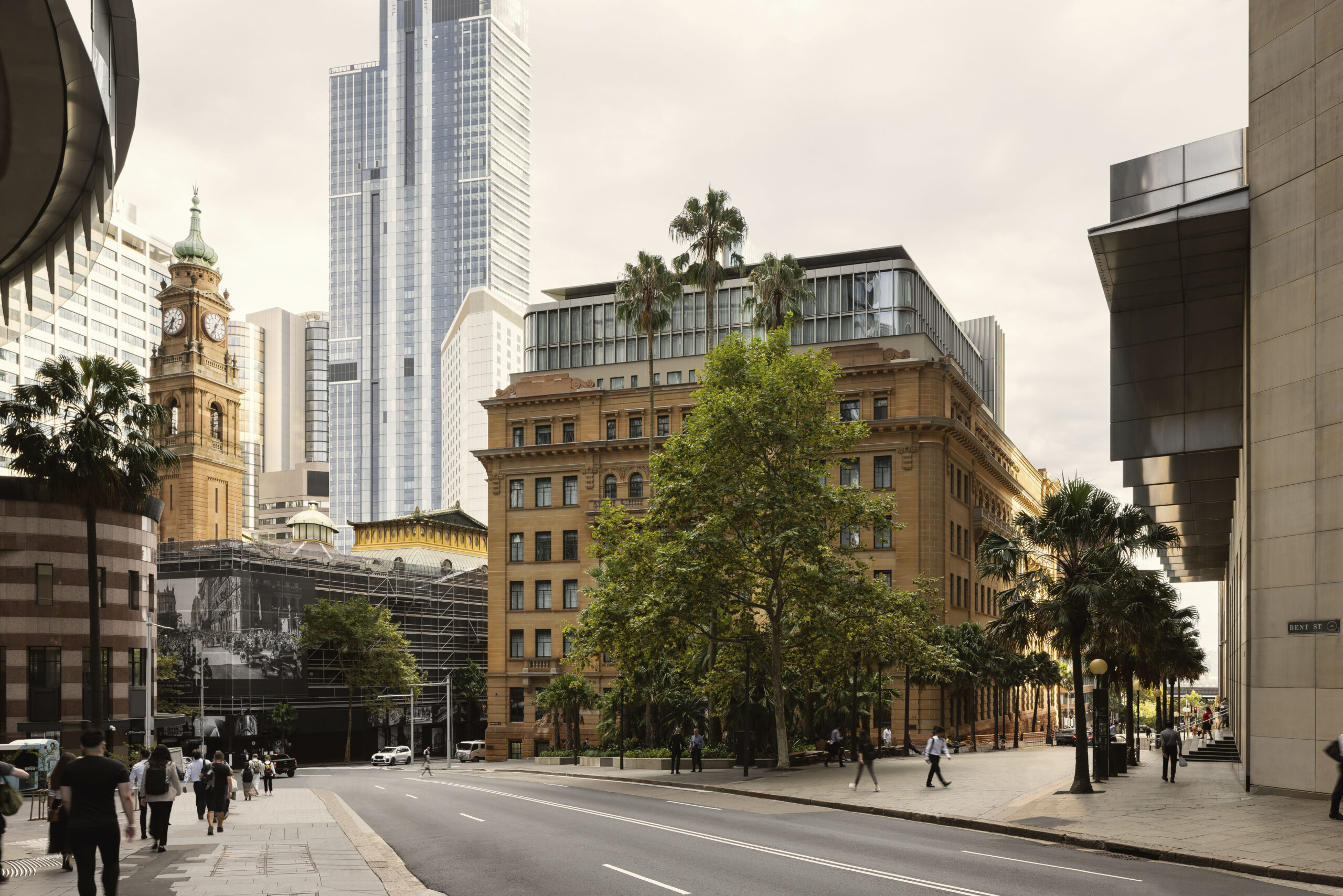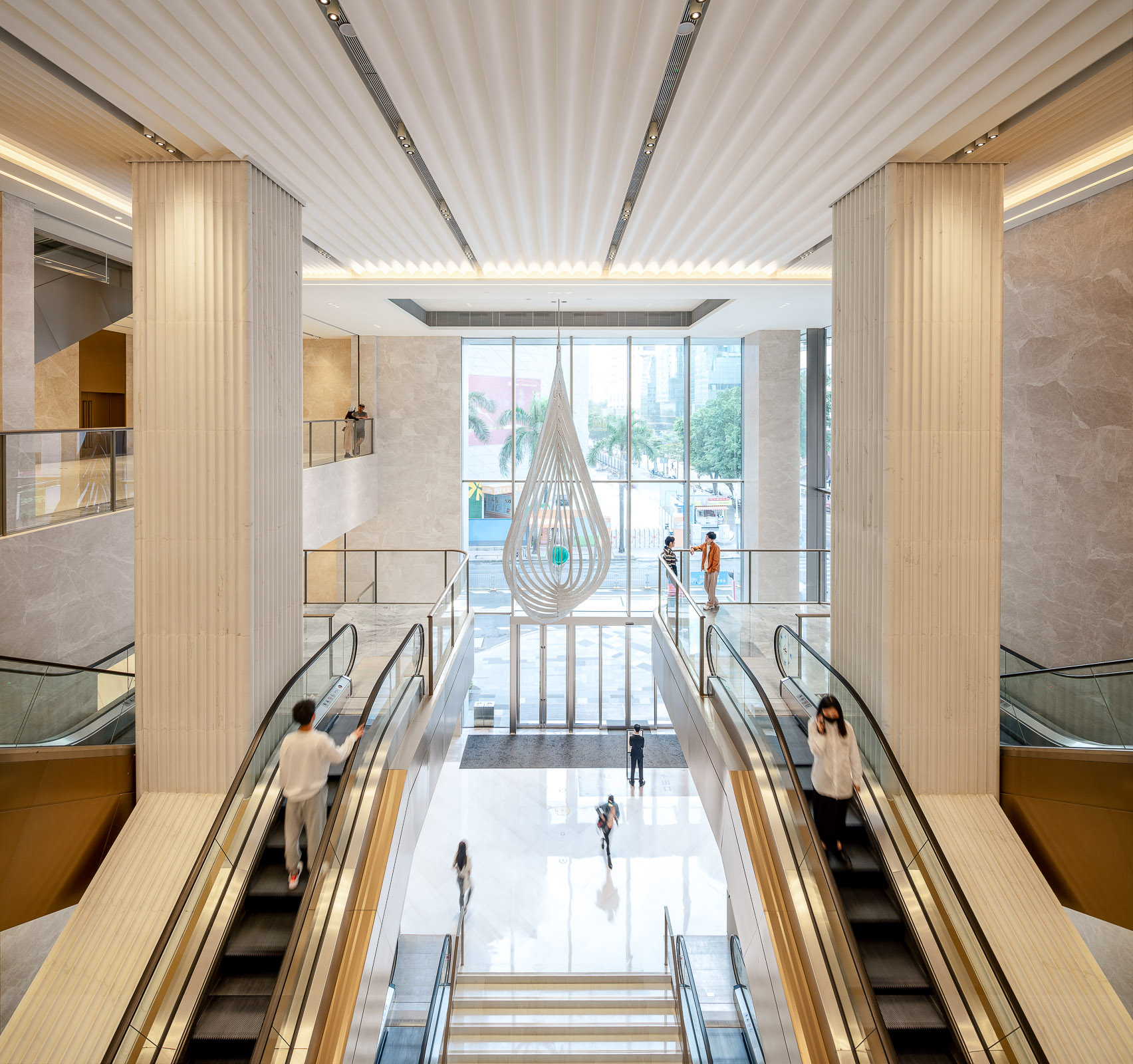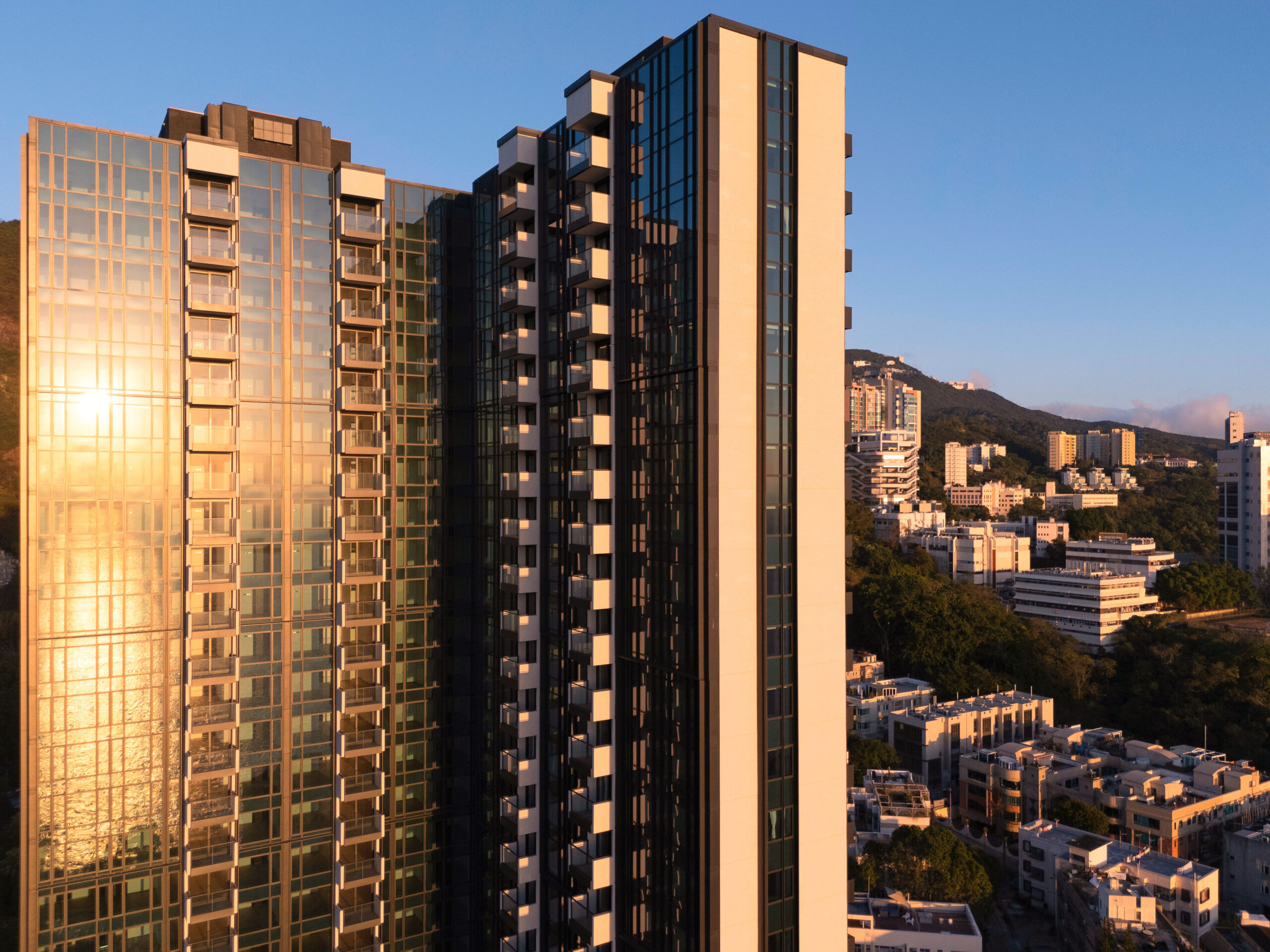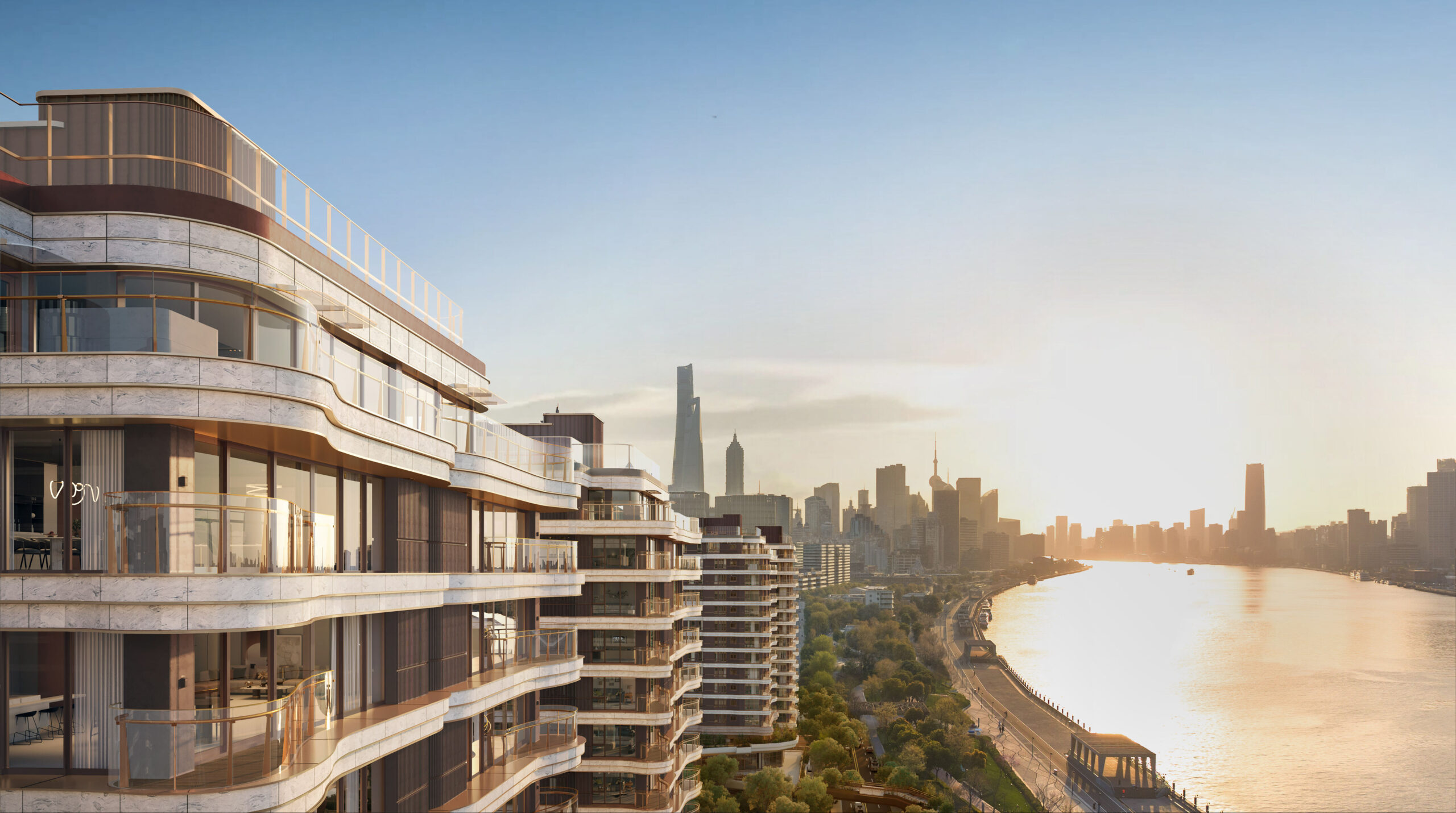Here are some excerpts from the interview, lightly edited for clarity.
We’ve learnt a hell of a lot of lessons
Big cities like London have largely been shaped by pandemics. We had all the plague years in the 15th, 16th and 17th centuries; it’s quite normal, I’m afraid, to have pretty nasty health emergencies. During the 19th century we had enormous cholera problems… In the 20th century we had the Spanish flu epidemic, almost exactly 100 years ago, and we lost millions. We’ve learnt a hell of a lot of lessons since then.
This is much more of a social and community crisis than it is a healthcare crisis
Science does have a major role in all of this… As futurists we tend to be obsessed with what I would call ‘toys for the boys’ – gadgets and widgets and so on, but there’s more to life than that, and more to the factors that change lives than simply digital toys. Social attitudes, for example – these have come very much to the forefront in this particular health crisis, how we relate to each other or in some cases how we don’t.
Therefore, to me this is much more of a social and community crisis than it is a healthcare crisis, because it’s posed a lot of issues we haven’t really thought about before. Most people don’t walk around wondering and thinking about how community life is developing, whereas with architects it’s your profession… I think we’ve got to look at this through the lens of much greater social responsibilities and not simply say ‘leave it to the scientists’, because I don’t think that’s enough.
What are our towns and cities and neighbourhoods for?
We are living in much more of an urban world, and we’ve got to ask a very basic question: what are our towns and cities and communities and neighbourhoods for? … We’ve got to ask ourselves some really searching questions about what kind of cities we should be developing in a future, a world of tomorrow, where increasingly our food will be grown in vertical farms on the edges of cities, for example, or underneath them, as is already the case.
A lot of things that are ‘in the future’ so to speak are already here with us, just not necessarily in the UK. If you want to see vertical farming you go somewhere like Singapore. If you want to see fish farming in any depth you go to Scandinavia or Chile. There’s a big shift in the future of food and indeed the geography of food. When you look at the issue of what are our cities for, it’s really about creating wellbeing engines…
We’re witnessing a silent revolution
I often give talks about what other futurologists and I call the Age of Disruption. Over the next five or ten years we’ll probably have more disruptive technologies knocking on the door than we did the whole of the 20th century. Now on my list of future technologies is wellbeing technology. We’re witnessing a silent revolution in that area… It’s the next big billion-dollar industry, wellbeing, and I say that in a good sense – I don’t see it as a sort of con or another Google on legs. It’s about us as individuals taking far more responsibility for our health and wellbeing.
It’s happening more in the workplace than it is in communities. Employers have woken up to the fact that a workforce that enjoys wellbeing will be more productive and communal and interactive than it would otherwise be. I think within the next 10 or 12 years we’ll see a lot more concern about wellbeing, and urban design is going to be absolutely crucial…
It comes down to design in the end. You can’t suddenly plonk a load of wellbeing gadgets and technologies like bicycles in a city that was built for the car. It’s a long haul in that respect. It’s an important way forward in order to resurrect community life. If nothing else comes out of this pandemic crisis, I hope a greater sense of community will be something that comes out of it.
How do we move from a ‘them and us’ approach to a ‘larger us’?
I just read a report about the future of locality and urban life, and it posed four scenarios. There’s the Rise of the Oligarchs – in other words, the big boys take over; it become polarised and xenophobic and all that. The second is Big Mother, the nanny state, where the government takes charge. The third one is called Fragile Resilient – things fall apart, but out of the chaos comes some kind innovation. And the fourth one, probably the most hopeful, is called Winning Ugly. It’s about renewal but in an uneven way, a bit hit and miss.
It comes down to a very simple question: how do we move from a ‘them and us’ approach to what we might call a ‘larger us’? At the moment I’m afraid we’re seeing too much of the former and not enough of the latter. All that can be connected to the jobs that architects and designers do.
We can’t continue building cities and towns and neighbourhoods for the motorcar.
One of the odd things about this crisis is that it’s all sort of upside down. Normally cities and spaces in between them are designed to enable congregation. You as designers and town planners put a lot of thought into creating opportunities and encouragement for congregation. Now we’re doing the opposite. Everyone’s being told to go home and not come out and mask up. Public transport is now the number-one enemy! … All the things we’ve taken for granted that our spaces were for have been stood on their head.
My hope is that after this crisis is sorted out that will be reversed again. We can’t continue building cities and towns and neighbourhoods for the motorcar… On a typical British urban street, two-thirds of the space is preserved for vehicles, parking mainly, and one-third for human beings. That really jostles my bones. We’ve really got to start thinking these things out.
It’s all about working out patterns.
The cultural side of this crisis is something we need to dwell on more. I think as a society our default culture, which is buried within us, is a pre-industrial lifestyle, not a post-industrial one… I don’t see anything smart about a ‘smart city’, because all the talk I see is about digital magic rather than smart in another way.
You take something like big data, which is a massive part of this technological revolution we’re in the middle of – people say big data is important for marketing and consumer profiling, but the data that’s available and will increasingly be available will be of colossal value in areas like health and wellbeing. It’s all about working out patterns. Of all the technologies we talk about, from big data to artificial intelligence, the biggest beneficiaries will actually be areas like healthcare.
Resilience is a vital part of this equation.
As an historian, I think a lot about history still. When you look at the resilience of the British population, for example during World War 2, in putting up with stuff that would be unimaginable today… How will this generation cope? Will they discover resilience or not?
Resilience is a vital part of this equation of getting the future right. I’m struck and indeed cheered by the fact that it’s become an increasing part of the architectural world… It’s about whether things are sustainable in the long run. Are they socially sustainable? That’s the problem with the future – it’s a very, very big place!





































































































































































































































































